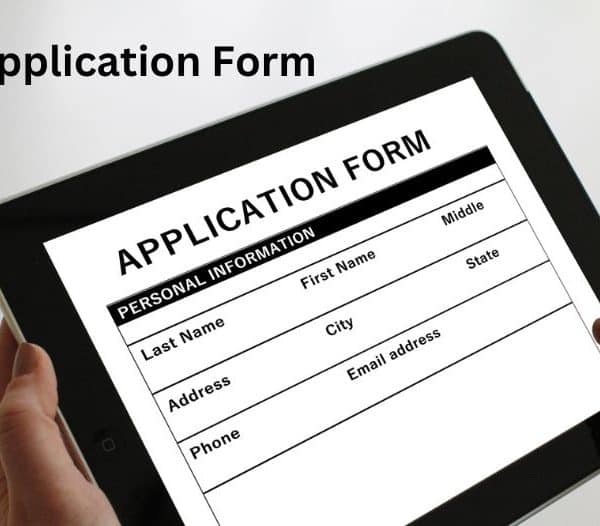You are aware of the fact that current affairs are very important for your UPVisualText
SC exam. Topics consisting of laws, wars, society and more are asked frequently in the General Knowledge section or the Interview Round. So it is essential for you to learn as many topics as you can to confidently answer the asked questions.
Here in this article, we have explained a very popular topic for UPSC, that is“New Start Treaty”. Make sure you read the sections thoroughly to now missing any detail.
New Start Treaty: UPSC Topic
All the sections below contain valuable information which can help you add some extra knowledge to your account. Read the sections thoroughly to understand the whole treaty between the US and Russia.
Introduction
The New Start Treaty is currently the only one between the United States and Russia. The deal was critical for Russia’s and the United States’ nuclear disarmament and strategic security. Presently, the United States and Russia are among the world’s nuclear-weapons states.
In the year 2011, the New Start Treaty was concluded, allowing Moscow and Washington to deploy 700 tactical launchers and 1550 atomic warheads. This deal will expire in February 2021, and Russia is in favour of expanding it for another five years. This latest one has now been ratified as a result of the two Presidents’ discussions.
Development of New Start Treaty
During the Cold War (from World War 2 to 1991), the United States and Russia competed for dominance and weaponry. Both nations come face to face with each other at this moment. All of these nations had nuclear weapons, and any conflict with them will have a global effect.
Following the breakup of the Soviet Union in 1991, the end of the Cold War resulted in the signing of a treaty known as Start-1 between the two nations. Both sides (the United States and Russia) were entitled to 1,600 military transport vehicles and 6,000 warheads under the pact.
These two countries both signed the Strategic Arms Reduction Treaty in 2002. The Strategic Arms Reduction Treaty binds the United States and Russia to limit their strategic nuclear powers to 1,700 and 2,200, eventually.
Expiry of Start 1 Treaty
When the Start-1 treaty expired in 2009, the Strategic Arms Reduction Treaty and Start-1 were substituted by the New Start Treaty. This went into effect on February 5, 2011.
The precursor to this new deal began under the Trump presidency. There was discussion of extending this pact, but the US opposed the proposal in the event that certain terms were not agreed by Russia. After Joe Biden was elected President of the United States, Russia resurrected this programme.
Russia has agreed to a 5-year continuation of the New Star Treaty, following a phone call between the recently elected United States President and the Russian President. The White House, moreover, has not verified this.
Also Read: Check-out the Best Timetable to Ace the Upcoming UPSC IAS Exam
Provisions of New Start Treaty
This pact, which goes into effect in 2011, binds the two countries to reduce and limit the number of strategic offensive arms they possess.
This restricts both sides to 700 nuclear launchers and 1,550 operating warheads and encourages the bipartisan initiative of strategic missile reduction.
The viability of this treaty was in doubt due to the Trump leadership’s proclivity to disregard the US First, interventionist, and multinational deals, but after negotiations between Russian President Vladimir Putin and newly elected US President Donald Trump, this treaty was renewed for five years.
What are the Possible Consequences?
The President of Russia hailed the agreement as a “move in the right direction” at the World Economic Forum meeting, but he also cautioned of the risks of rising international competition and new wars, but by approving the treaty, the countries have sent a message that reciprocal rivalry cannot be over geopolitical interests.
It is also likely that the US will reintroduce the termination of the Intermediate-Range Nuclear Forces Protocol and the ‘Open Sky Treaty,’ which was revoked by the US government until the treaty is ratified.
Change after Joe Biden Presidency
Joe Biden, the recently elected US President), has stated unequivocally that the US will strive for global leadership, in which circumstance the US will return to the Paris Agreement, the United Nations Human Rights Commission, UNESCO, and the WHO (World Health Organization).
This pact would alleviate tensions between the two nations, and it is likely that the road of exchanges between the two nations on several global topics, such as the Ukraine crisis, will be paved with gold.
Also Read: A Detailed Guide to Choosing the Best Optional Subject for UPSC Exam
Verification & Transparency
The protocol includes comprehensive protocols for implementing and verifying the key restrictions on strategic offensive weapons as well as all treaty commitments. These strategies move the transformation and removal of strategic offensive weapons, the development and operation of a registry of treat required information, transparency measures, an agreement not to intervene with national technical means of confirmation, the transfer of telemetric data, the execution of on-site regular inspections, and the function of the Bilateral Consultative Commission (BCC).
Difference between Type 1 and Type 2 Inspection
The New START Treaty calls for 18 on-site checks each year. There are two kinds of checks. Type One inspections look for locations that are both deployed and non deployed tactical systems, while Type Two inspections look only at non deployed strategic systems. Reiterating the number of detonation vehicles on distributed ICBMs and stationed SLBMs, verifying numbers relating to non deployed launcher restrictions, measuring nuclear weapons aboard or attached to deployed fighter planes, verifying weapon system conversions or demotions, and verifying facility eliminations are all permitted inspection operations. Every year, each side is permitted to perform 10 Type One inspections and 8 Type Two inspections.
The Outcome
The global ecological crisis, as well as terrorists’ and anarchists’ continued access to explosive weapons, highlight the importance of disarmament. By advancing this pact, both nations have made a greater commitment in the direction of demilitarisation. The extension of the treaty would not require legislative ratification in the United States, but the Russian legislature must approve the change. By confirming this move, a more powerful message will be sent to the whole planet.
Conclusion
The topic “New Start Treaty UPSC” is a very popular topic. This topic can hold questions in the current affairs section as well as the interview round. To crack the UPSC exam, you must be aware of all the happenings in the world. To catch all the news, make sure you read newspapers daily or read the news over the internet.
For more informative articles like this, make sure to check out the blog section of UPSC Pathshala.
Also Read: Environment Notes For UPSC: How To Prepare For Environment UPSC?







Thank you for providing such a wonderful article and it is well structured, can you also help some tips for let minute preparation?
A very informative and helpful blog, thank ou for providing it, can you also share tips on other topics which are important?